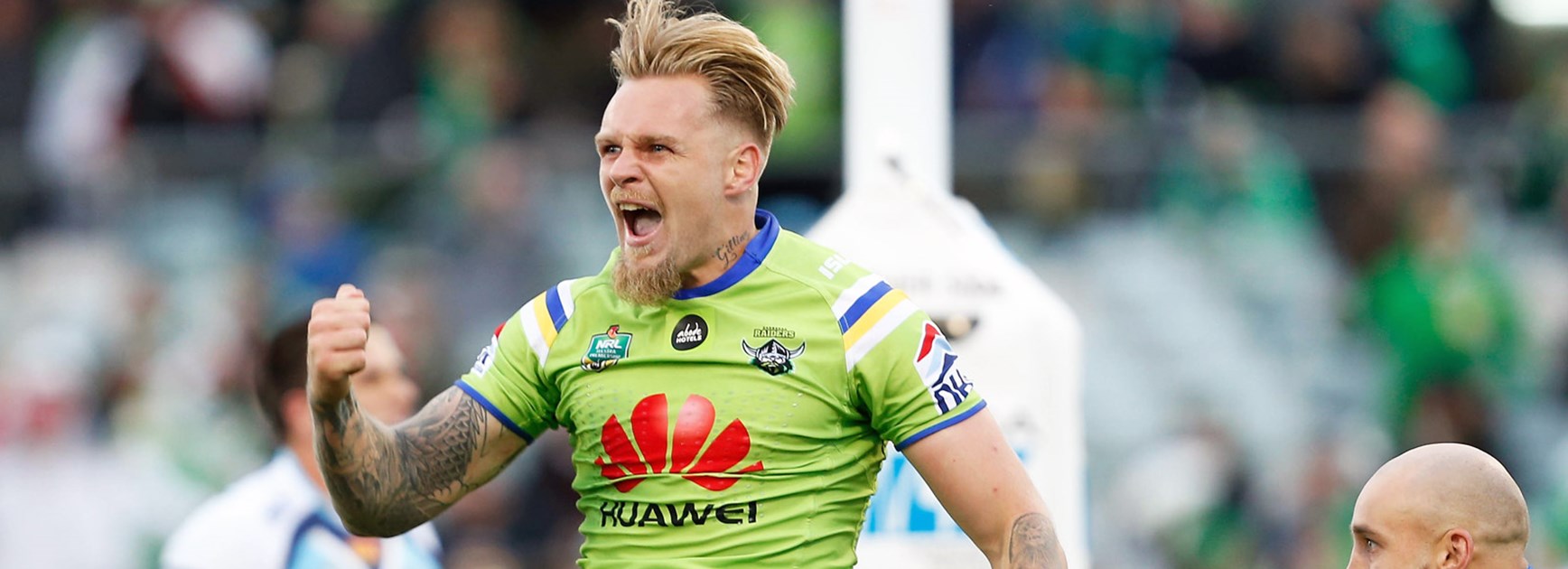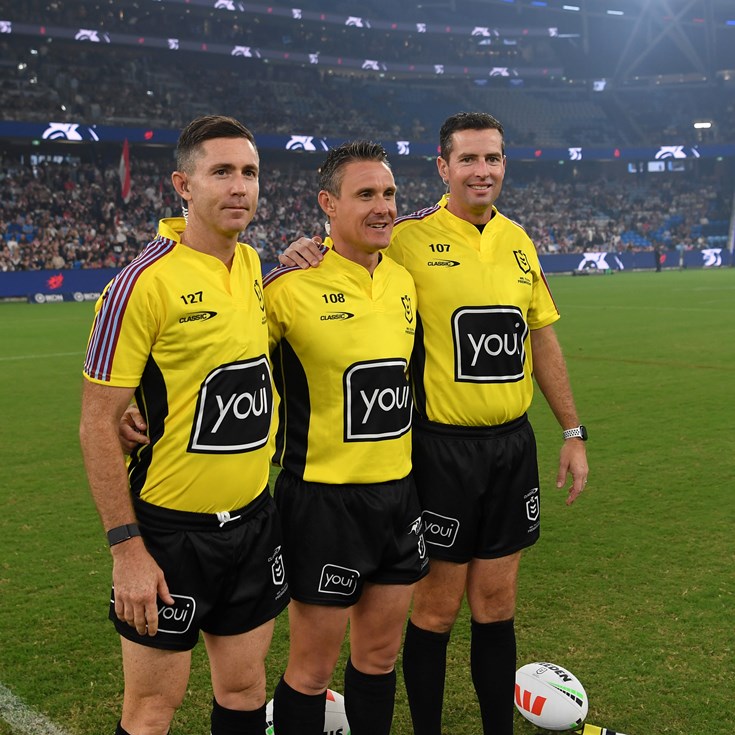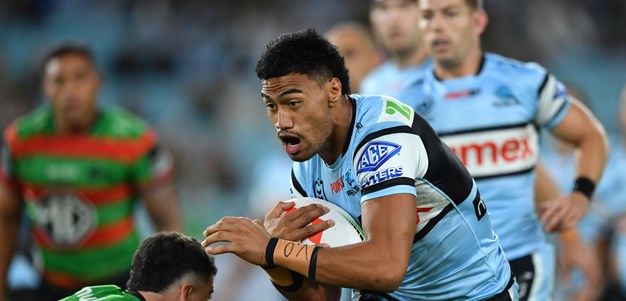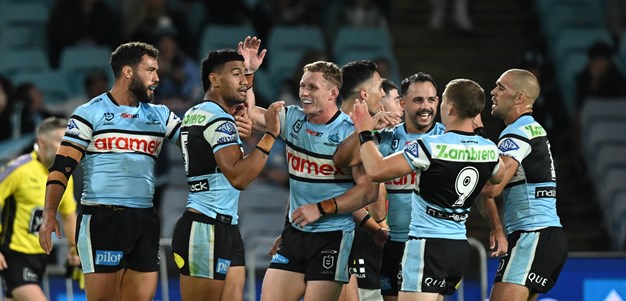
Footy fans have a lot take in when they first see their team's fixture list for the 2016 season. Who will they face in Round 1? When are the big home games? But one simple question is more difficult to answer – does your team have an "easy" draw, or a tough one?
First things first, there is no easy draw in the NRL. Any team can beat any other on their day (the Melbourne Storm finished in the top four last season but were beaten by the team running last three times during the year). But it's also fair to say that some opponents are considered tougher than others.
In the NRL's 26-round competition every club faces every other club once, plus a second game against nine teams. So, some teams will play more games against premiership contenders than others, while others will take on bottom-eight teams more often.
Last year the Manly Sea Eagles had the toughest draw in terms of opponents, with 14 of their 24 matches coming against top-eight teams. They went on to perform below expectations and miss out on the finals. The Raiders, meanwhile, played the majority of their games against teams who went on to miss the finals, including a combined eight games against the bottom four clubs in the NRL. The Green Machine arguably surpassed expectations and finished with one of the best attacking records in the competition.
So who will have the easiest and toughest draws in 2016? After running some numbers, here's how the 2016 draws rank, from hardest to easiest.
1. Dragons
2. Cowboys
3. Bulldogs
4. Roosters
5. Broncos
6. Eels
7. Rabbitohs
8. Warriors
9. Knights
10. Sharks
11. Panthers
12. Sea Eagles
13. Storm
14. Wests Tigers
15. Titans
16. Raiders
How did we come up with this list? We've given each opponent a "toughness score", with the strongest opponent worth 16 points and the weakest worth 1. Then we've analysed each team's draw. Teams who play more games against tough opponents will have a high score, and teams who play weaker teams more often will get a low score.
We've run the numbers twice – first based on each team's finishing place in 2015 (with minor premiers the Roosters worth 16 points and wooden spooners Newcastle worth one), and then based on the 2016 premiership betting odds from Sportsbet (with title favourites Brisbane worth 16 points). Both scores were combined to determine the rankings.
At the top of the list is the Dragons, who play home and away games against last year's top seven clubs (they finished eighth themselves). The Cowboys will also play two games against each of last year's other seven finalists; their draw is only considered easier than the Dragons' because they don't have to play against themselves. At the other end of the scale are the Raiders, who have to play only two of last year's finalists twice (the Bulldogs and Sharks).
Of course there is a lot more to a draw than a team's opponents. Travel, the amount of time between matches and the influence of the Origin period can all take their toll during the course of a season. Melbourne, North Queensland and the Warriors will always do more travelling than the Sydney teams, for instance, while some teams can struggle without their Origin stars for a few games in the middle of the season, while others get the chance to take on weakened teams during that period.
And having a tough draw, in terms of opponents, may not even be a bad thing – teams that get through a difficult campaign and still make the top eight are arguably better equipped to handle the pressure of finals football than other sides. But teams who sit at the bottom of the list above will have one less excuse if they fail to live up to expectations in 2016.
Full 2016 NRL draw
Club-by-club draw: What you need to know
NRL draw: Top 10 clashes of 2016
Top 10 road trips in 2016
2016 NRL draw released



